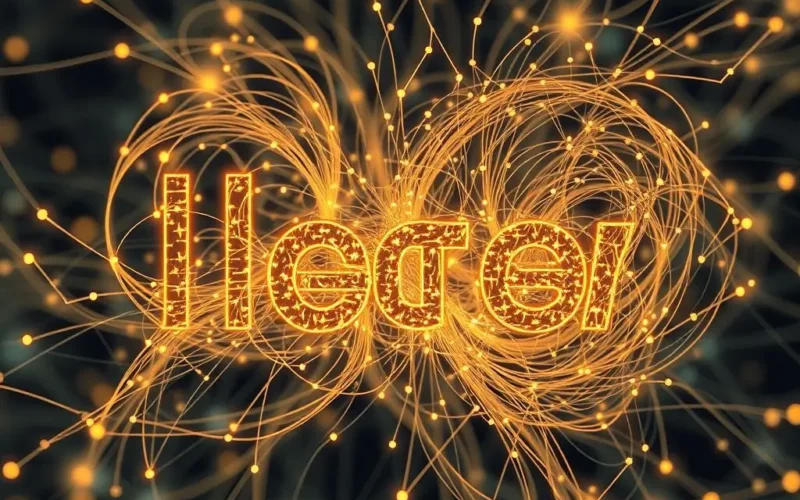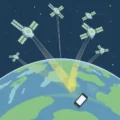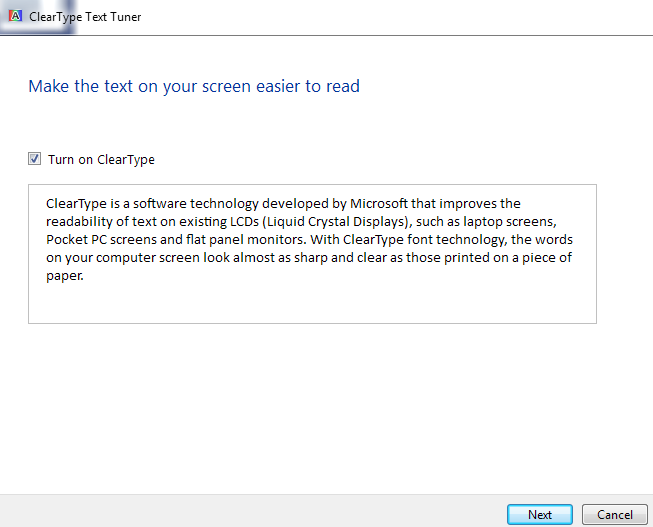Alright, let’s lean in for a moment. You pride yourself on being able to tell real from… well, artificial, right? Especially when it comes to words on a screen? Think you can spot AI-generated text a mile away? These days, that smug confidence might be a little misplaced. The language models powering today’s AI writers aren’t just good; they’re getting ridiculously polished.
Gone are the days of robotic, clunky sentences and awkward phrasing that screamed “I was written by a machine!” We’re talking about prose so smooth, so grammatically perfect, that it can genuinely sound more polished than a human writer on a good day. It’s enough to make you squint at every paragraph you read online, wondering about its true origin.
Before we dive deeper into the subtle tells and blurred lines, take a quick look at this short clip. It captures the essence of the challenge we’re facing:
As the clip suggests, it’s becoming a fascinating game of digital detective work. How do you really tell if those perfectly crafted sentences sprang from a human mind or a complex algorithm?
Table of Contents
The Rising Sophistication of AI Writing
Why is this becoming such a challenge? It boils down to the rapid advancements in large language models (LLMs) like GPT, LaMDA, and others. Trained on unfathomable amounts of text data from the internet – books, articles, websites, conversations – these models have learned not just grammar and syntax, but also different styles, tones, and even how to mimic human-like reasoning and creativity (to a degree).
They excel at:
- Producing grammatically flawless sentences.
- Maintaining coherent structure and flow.
- Generating text in a wide variety of styles and tones.
- Quickly synthesizing information from their training data.
This proficiency means that surface-level checks, which used to be sufficient, are often useless now. The text looks right, reads right, and sounds authoritative. But dig a little deeper…
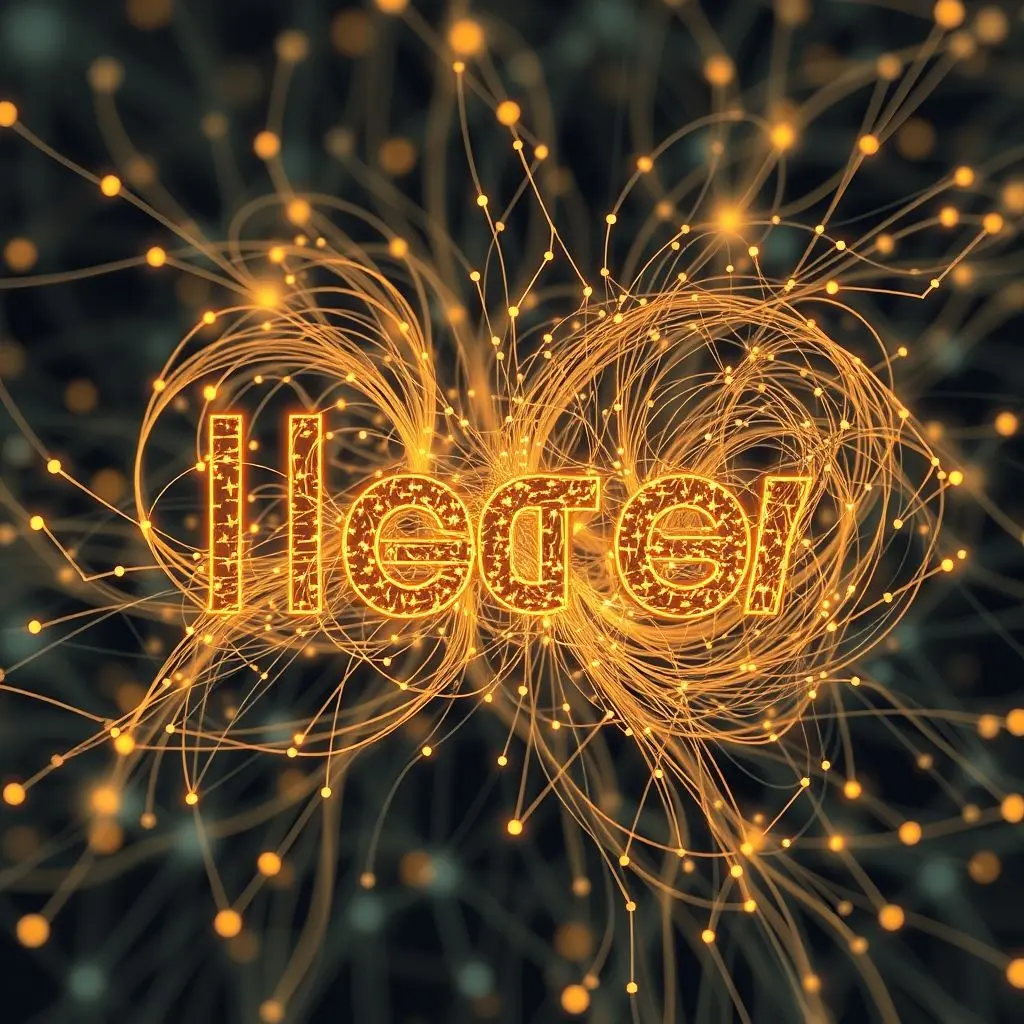
Subtle Tells: Peering Behind the Polish
While AI can produce text that’s technically perfect, human writing often has nuances that are difficult for current models to replicate consistently. This is where your critical eye becomes the most powerful tool.
1. Predictability and Lack of Unique Voice
AI models are trained on patterns. While they can generate novel combinations of words, they sometimes fall into predictable structures or rely too heavily on common phrases and transitions. A human writer, with their unique experiences, perspectives, and quirks, often has a more distinct and less predictable voice. If the text feels generic, overly safe, or like it could have been written by ‘anyone,’ it might raise a flag.
2. Absence of Genuine Human Error or Spontaneity
Humans make mistakes. We might start a sentence one way and finish it slightly differently, use a colloquialism naturally, or have a sudden shift in tone reflecting a real thought process. AI text is often too perfect. It lacks those little imperfections, the natural pauses, the occasional slightly awkward but authentic turn of phrase, or the spontaneous tangent that defines human conversation and writing.
3. Lack of Lived Experience or Deep Nuance
AI models don’t *experience* the world. They process information about it. This can lead to text that, while factually correct (sometimes), lacks the depth, personal insight, or emotional resonance that comes from lived experience. Discussions requiring true empathy, personal anecdotes, or subtle cultural understanding might feel hollow or slightly off when AI-generated.
4. Repetitiveness or Redundancy
Sometimes, AI can state the same idea multiple ways within a short space, or use slightly different wording to cover the same ground unnecessarily. While humans can be repetitive too, AI might do it in a way that feels less like emphasis and more like it’s trying to meet a word count or hasn’t truly grasped the core point.
5. Contextual Awkwardness or Slightly Off Information
AI excels at generating text that sounds plausible. However, it can sometimes stitch together information or phrases that don’t quite fit the specific, niche context of the piece or the intended audience. It might use perfect words but apply them in a way that feels slightly unnatural or reveals a lack of true understanding of the underlying subject matter or the subtle relationship with the reader. Be wary of statements that sound convincing but feel slightly out of place or confidently assert things that are subtly wrong or nonsensical when examined closely.

6. Sheer Volume and Speed
This is less about the text itself and more about its appearance. If a massive amount of perfectly polished content on a very niche or specific topic appears online almost instantaneously, and seems to cover every angle without offering unique perspective, it’s worth considering the possibility of AI generation. Humans simply can’t produce such volume at that speed.
The Double-Edged Sword of AI Detection Tools
You might be thinking, “Surely there’s an app for that?” Yes, there are numerous tools claiming to detect AI-generated text. They analyze linguistic patterns, perplexity (how surprising the text is), and burstiness (variation in sentence length and structure), among other factors, to calculate a probability score.
However, as mentioned earlier, these tools are far from magic bullets. They have significant limitations:
- **False Positives:** They can flag genuinely human-written text as AI-generated, especially if the human writing is very clean, uses common structures, or discusses a topic extensively covered online (which the AI trained on).
- **False Negatives:** AI text, particularly after even minor human editing or when generated using newer, more sophisticated models, can often slip past these detectors.
- **Easily Fooled:** Simple edits, rephrasing, or prompting the AI differently can often reduce the detection score dramatically.
- **Playing Catch-Up:** AI models are constantly improving, making detection tools potentially outdated quickly.
Think of these tools as helpful indicators, perhaps pointing you to text that warrants closer human scrutiny, but *never* as definitive proof either way.
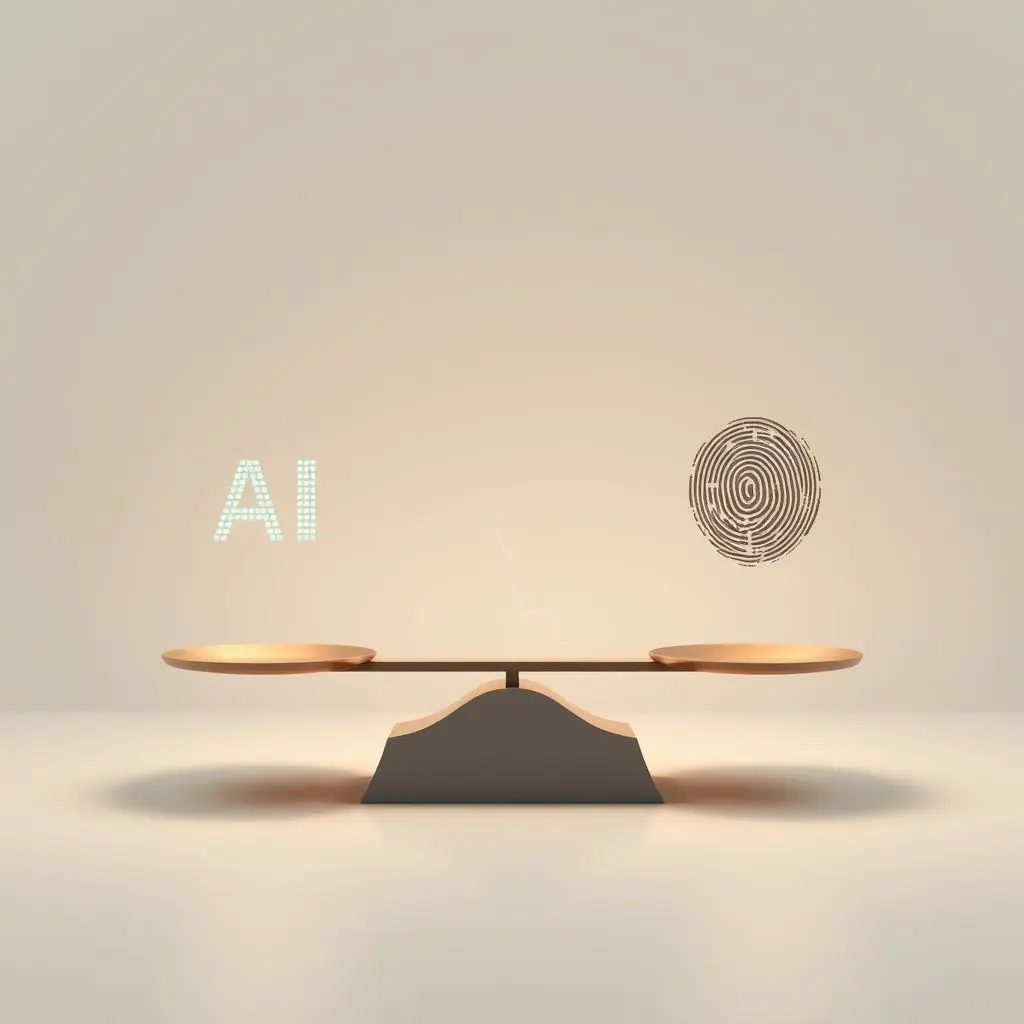
Sharpening Your Human Critical Eye
Given the limitations of automated tools, the most reliable detector remains your own critical reading ability. Here’s how to hone it:
- Read Widely: Familiarize yourself with diverse human writing styles across different genres and topics. This helps you recognize what natural variation looks like.
- Pay Attention to Tone and Voice: Does the text have a consistent, authentic tone? Does it sound like a real person with a specific perspective is communicating?
- Look for Nuance and Insight: Does the text offer genuine insights, personal reflections, or subtle understanding that goes beyond summarizing readily available information?
- Question the Flow: While AI is good at flow, sometimes transitions can feel slightly mechanical or forced upon closer inspection.
- Verify Information, Especially in Niche Areas: AI can sometimes confidently present inaccurate information, particularly on complex or obscure topics. Cross-reference key claims.
- Trust Your Gut: If something feels ‘off’ about the text – perhaps it’s technically perfect but strangely lifeless, or the context doesn’t quite align with the perfect words – pay attention to that feeling and investigate further.
Why Does It Even Matter?
Recognizing AI text isn’t just an academic exercise. It has real implications:
- **Authenticity:** Knowing if content is human-generated can be important for trust, credibility, and understanding the perspective behind the words.
- **Plagiarism and Academic Integrity:** AI text can be used for cheating and plagiarism, undermining the learning process.
- **Misinformation and Spam:** AI can generate convincing-sounding fake news or spam content at scale.
- **SEO Manipulation:** Detecting AI text can be relevant for search engines aiming to prioritize original, valuable human-created content.
Frequently Asked Questions About AI Text Detection
Let’s address some common questions on this evolving topic.
Q: Can AI text ever be truly indistinguishable from human writing?
As models improve, the gap is narrowing significantly. For many common tasks and topics, AI can produce text that most people wouldn’t question. However, for highly personal, deeply nuanced, or uniquely creative writing, human authorship still tends to reveal itself through subtle complexities AI currently struggles with.
Q: Are AI detection tools useless then?
No, they’re not useless, but they shouldn’t be relied upon as the final word. Use them as a preliminary check or a tool to flag content that might warrant closer inspection by a human.
Q: Does editing AI text make it undetectable?
Often, yes. Even minor human edits – rephrasing sentences, adding personal touches, correcting subtle errors – can significantly reduce a text’s detection score and make it harder for tools (and sometimes humans) to identify as AI-generated.
Q: Will search engines like Google penalize AI-generated content?
Google’s stance emphasizes helpful, reliable, people-first content, regardless of how it’s produced. However, if AI is used to create low-quality, unoriginal, or spammy content purely for ranking manipulation, that content is likely to perform poorly. The focus is on the quality and intent, not just the AI origin.
An Ongoing Evolution
The ability to recognize AI-generated text is less about having a foolproof technical solution and more about developing a sophisticated understanding of language itself, both human and artificial. As AI writing tools become more powerful, our skills in critical reading and contextual analysis must also evolve.
The lines are indeed blurring, and the words certainly allure with their perfect structure and flow. But whether it’s human or not… that’s a question requiring careful consideration and a well-trained eye. Stay curious, stay critical, and keep questioning the source behind the words you consume online.
